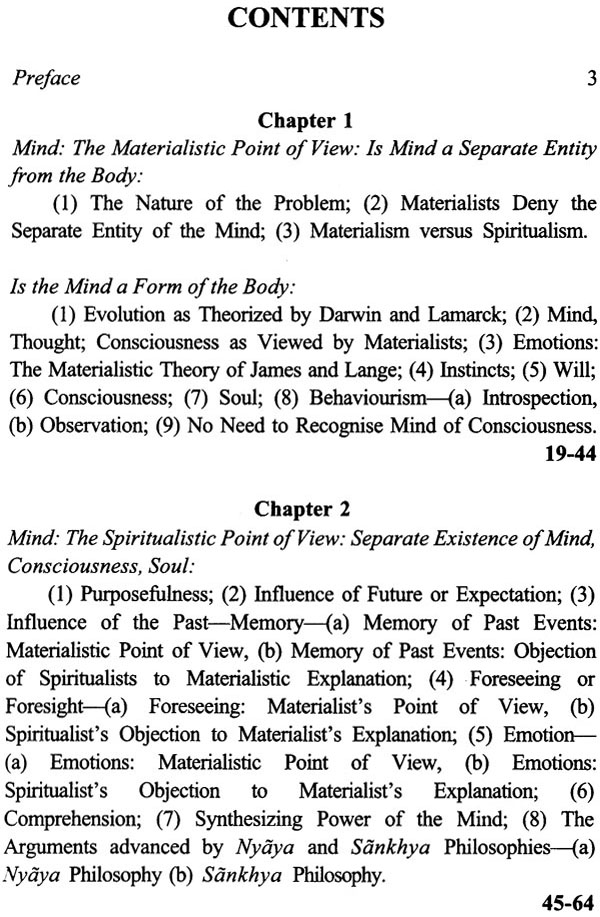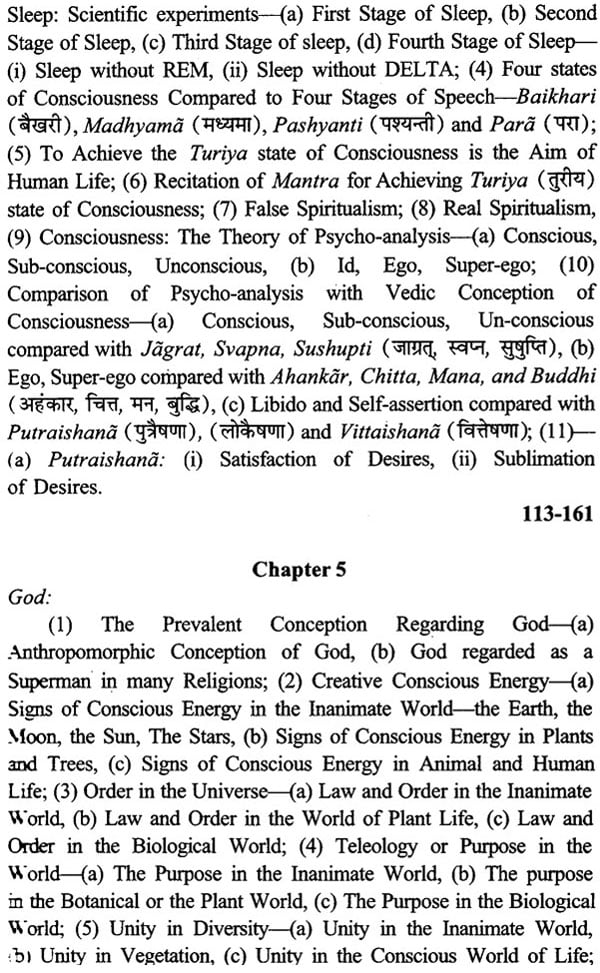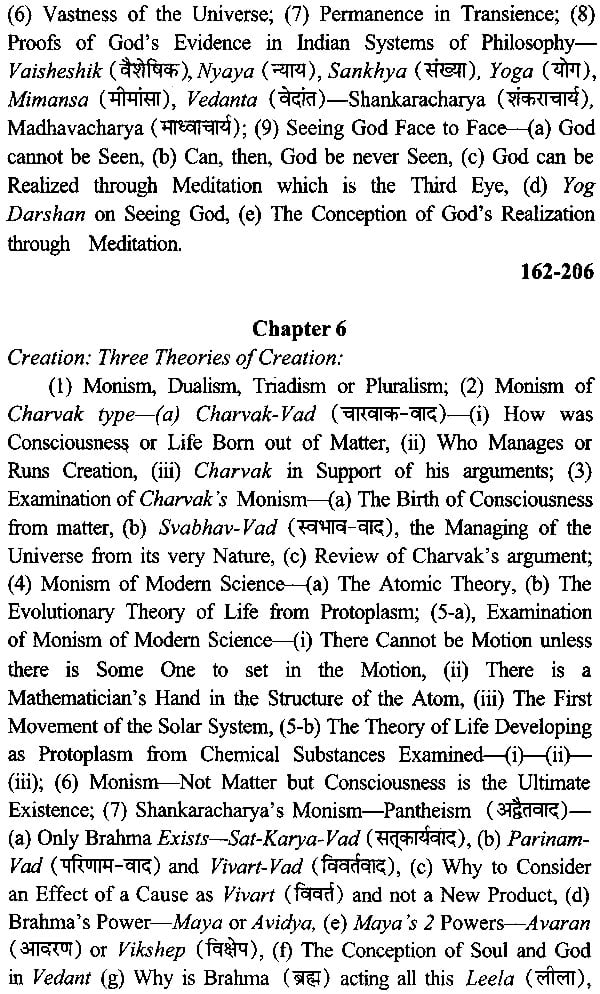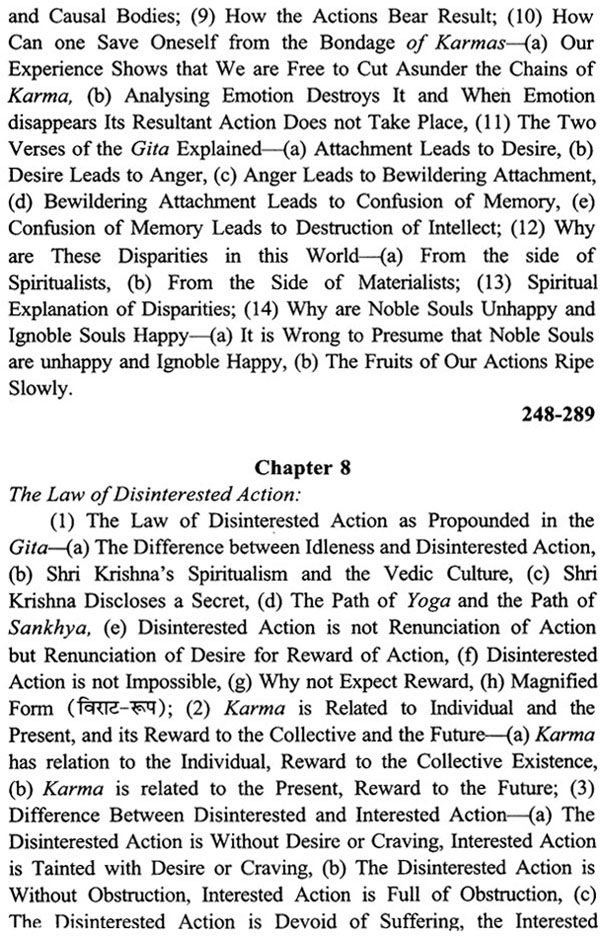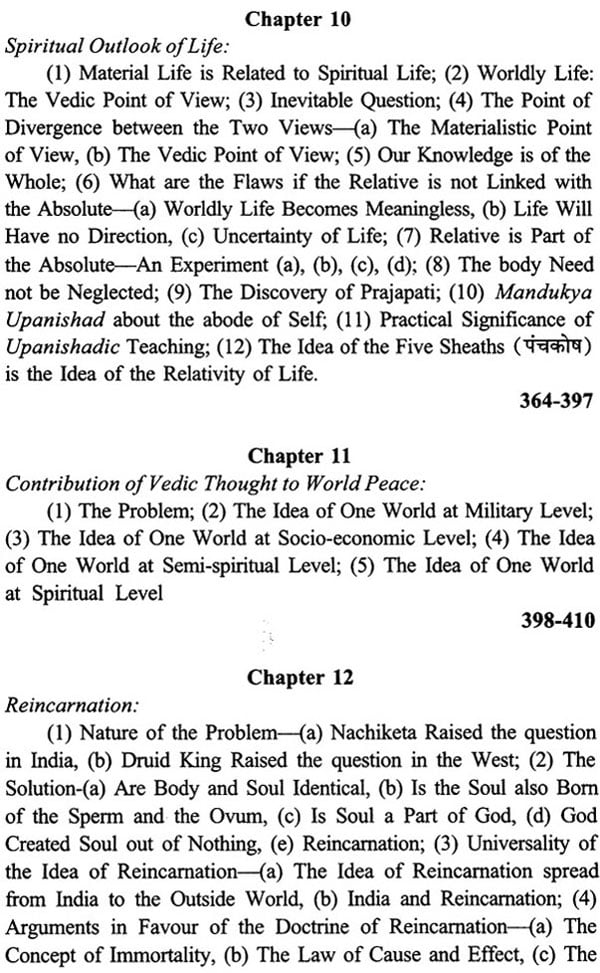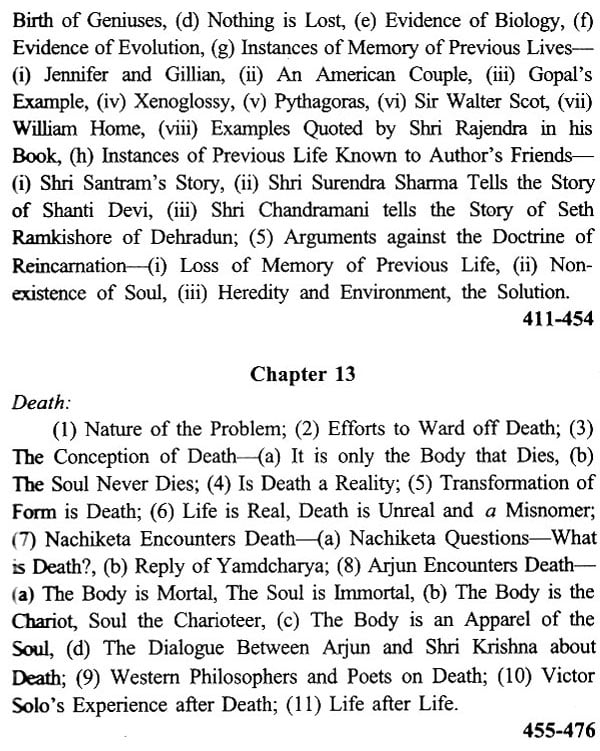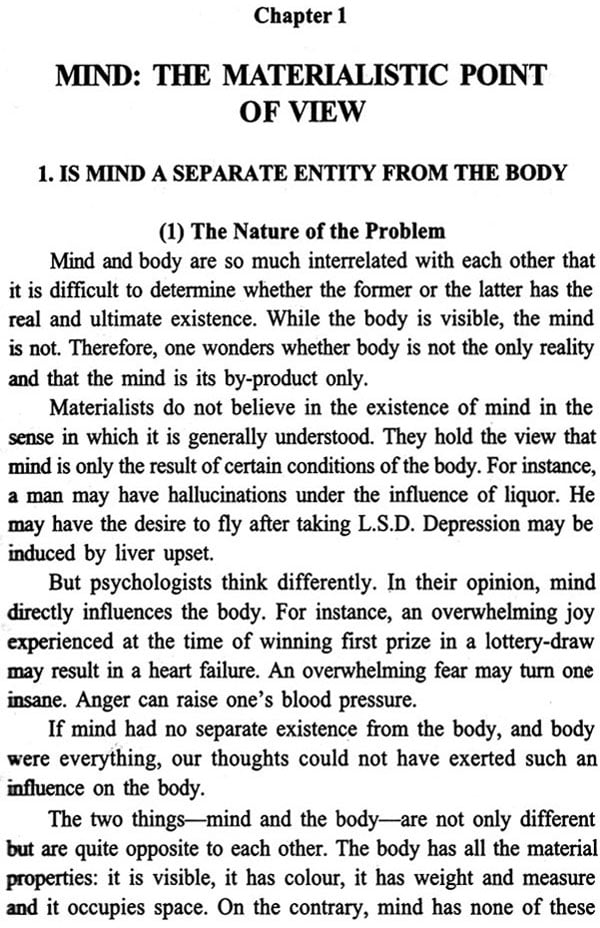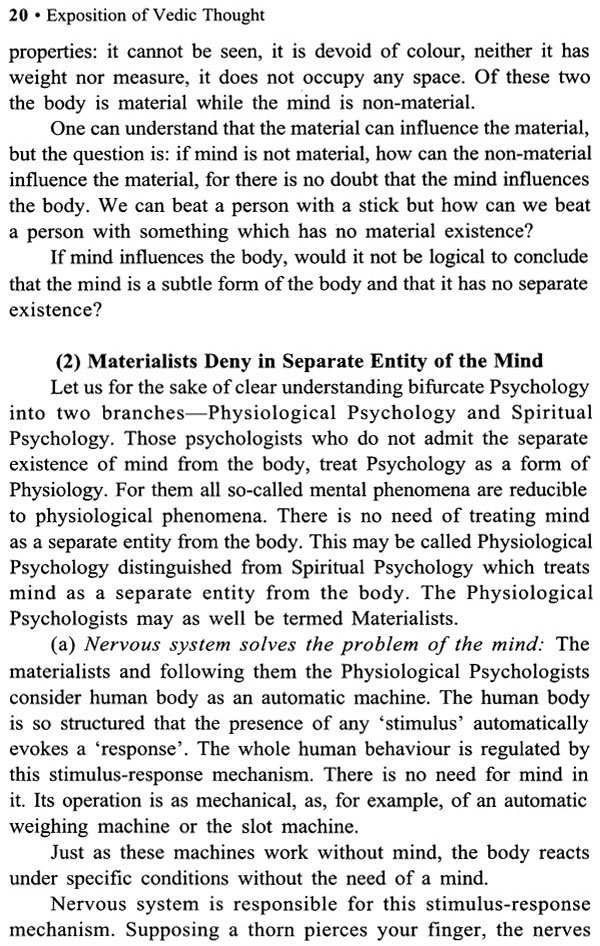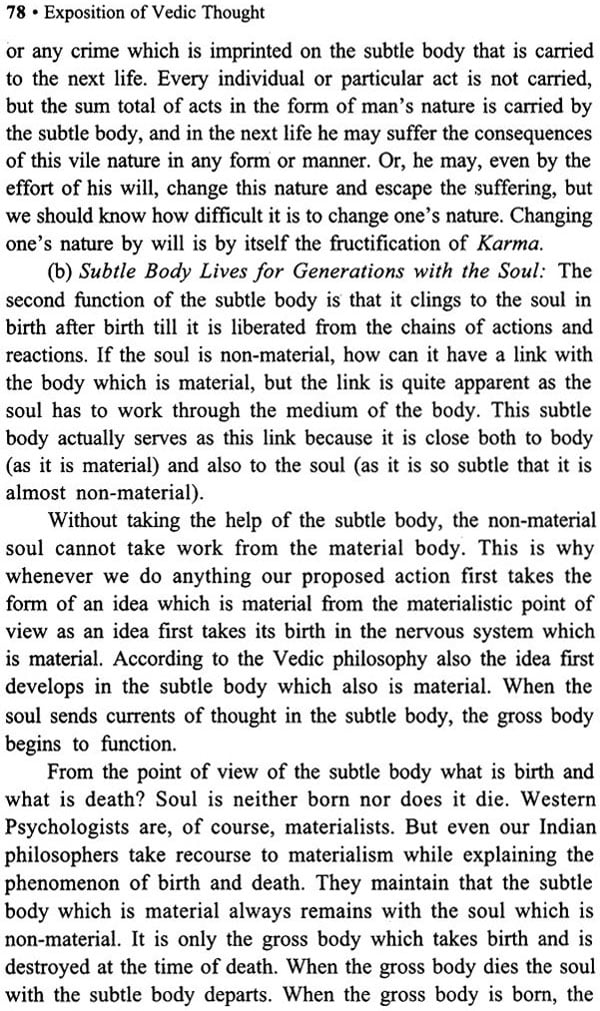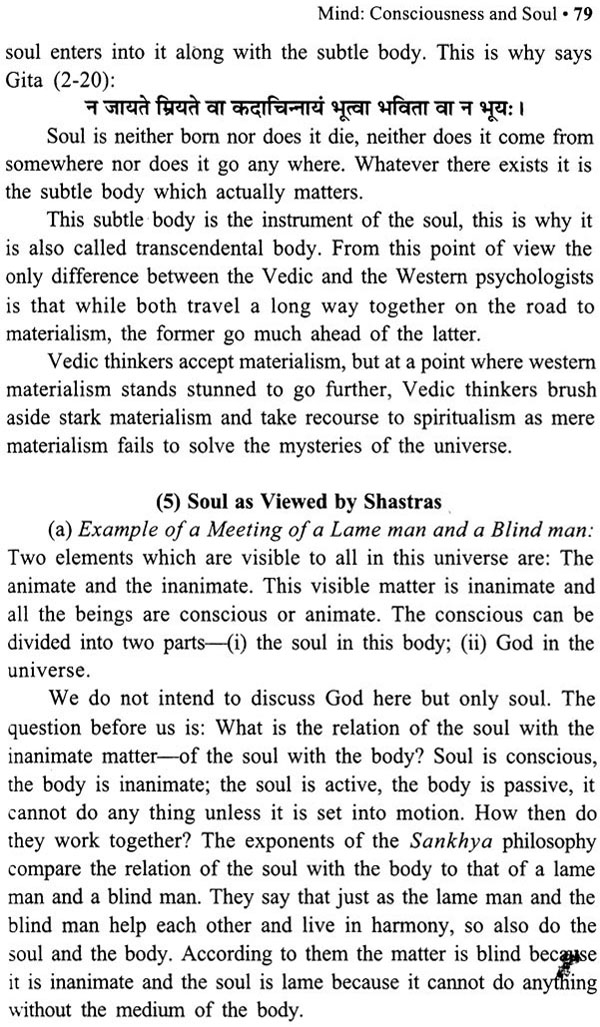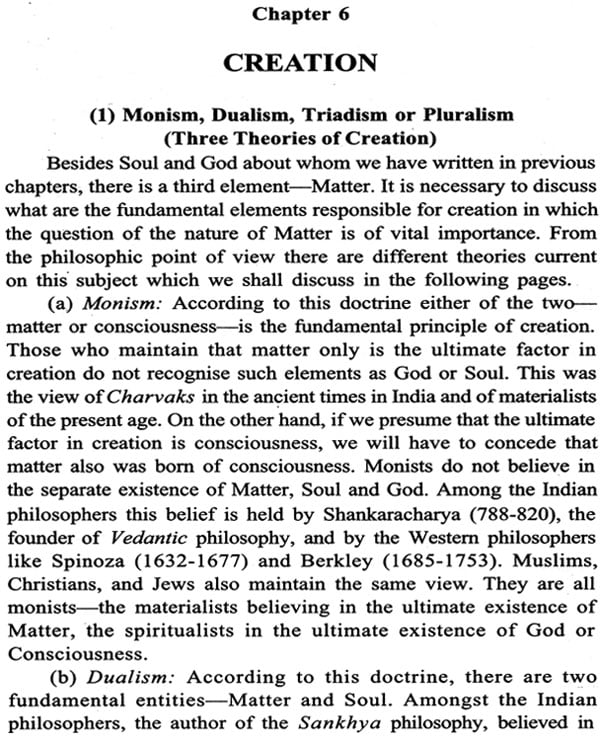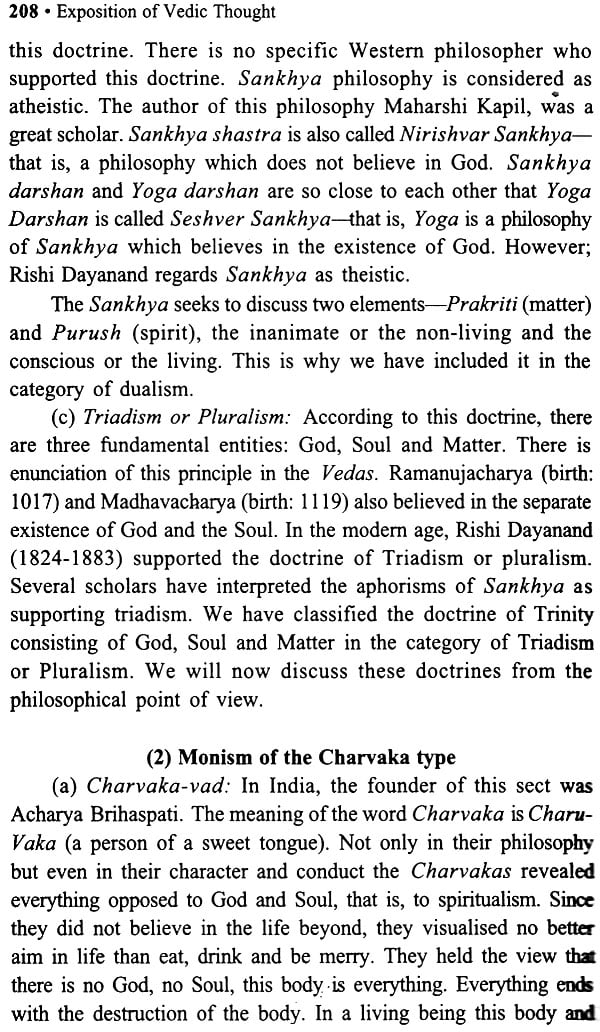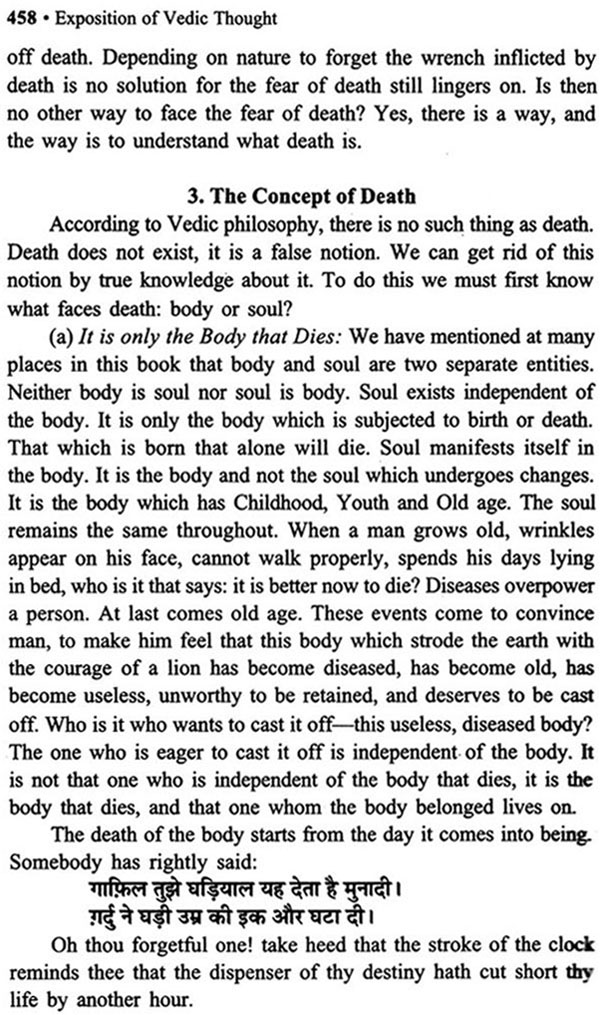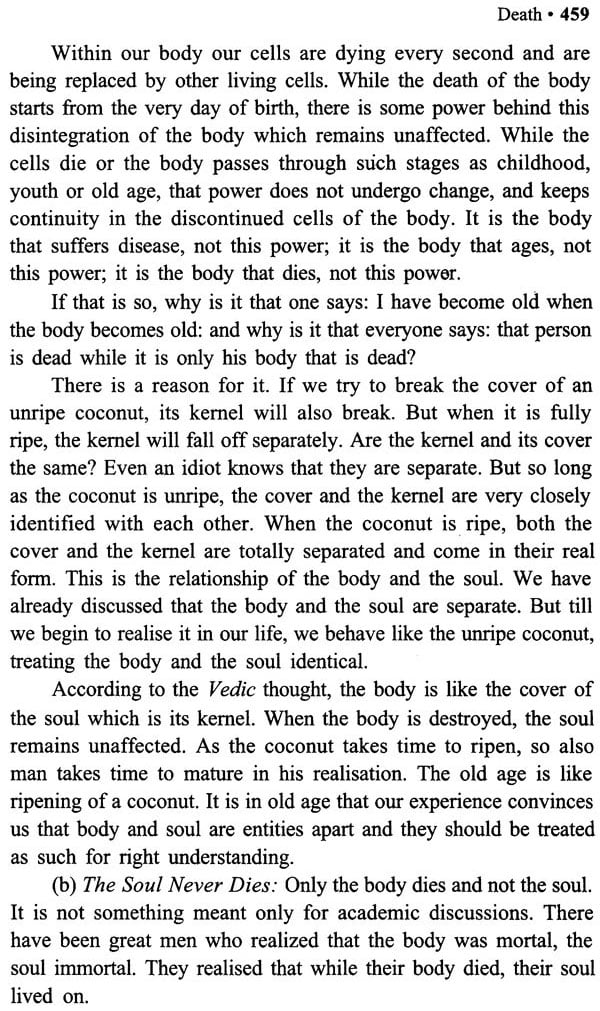
Exposition of Vedic Thought
Book Specification
| Item Code: | NZQ482 |
| Author: | Satyavrata Siddhantalankar |
| Publisher: | Vijay Krishna Lakhanpal, New Delhi |
| Language: | English |
| Pages: | 476 |
| Cover: | HARDCOVER |
| Other Details | 8.50 X 5.50 inch |
| Weight | 640 gm |
Book Description
Dr. Satyavrata Siddhantalankar was born in Sovaddi Village in the district of Ludhiana, Punjab on 5th March 1898. After graduating from Gurukula Kangri in 1919 he was involved in social work in Kolhapur, Banglore, Mysore, and madras. In 1923 he became life member of ‘Dayanand Sewa Sadan’ and a professor in the Gurkula University. On 15th June 1926 he married. Smt. Chandrawati Lakhanpal. On 30th Nov. 1930 he was imprisoned in a satyagrah and then released in 1931 under Gandhi Irwin Pact. On 20th June 1932 his wife was imprisoned for one year in Agra as President of U.P.C.C. In 1934 Chandrawatiji was awarded the Seksaria award for her book ‘Striyon ki sthiti’ and on20th April 1935 she was awarded the ‘Mangala Prasad Partoshik’ for her book ‘Shiksha Manovigyan’ under the presidentship of Mahatma Gandhi. In 1952 she was elected to the Rajya Sabha (Upper House of Parliament) for a period of ten years. During the period of his service, Dr. Satyavrata was appointed as Vice-Chancellor of Gurukula University in 1935. On 15th Nov. 1941 after retiring he kept himself busy in social work in Bombay. On 2nd July 1945 Chandrawatiji was appointed as Acharya of Kanya Gurukula Dehra Dun. During this time Dr. Satyavrata Siddhantalankar wrote on many subjects which were taught in Universities suchas: Sociology, Manavshastra, Vedic Philosophy, Anthropology and Education etc.. Dr. Radhakrishnan has written the forward of his exposition of 11 Upanishads ‘Ekadashopanishad’ and Prime Minister Lal Bahadur Shastri has written the forward of his ‘Gita-Bhashya’. His books on Homoeopathy were declared the best. On 3rd January 1960 he was awarded ‘Mangala Prasad Prize’ for his book ‘Samaj Shastra Ke Mooltattva’. On 4th June 1960 he was once again appointed as Vice-Chancellor of Gurukula University. On 3rd March 1962 the Punjab Govt. organized a special function in Chandigarh in appreciation of his literary contribution and presented him with a purse of Rs. 1200/- and a shawl. In 1964 President Radhakrishnan nominated him as a member of Rajya Sabha. Various institutions rewarded him for his literary work – Vedic Vichardhara ka vaigyanik Aadhar’ namely-Ganga Prasad Trust. U.P. Govt. and Ramkrishna Harjimal Dalmiya Puraskar.
In 1978 he presided over the International Arya Maha Sammelan in Nairobi. The Delhi Administration honoured him as a leading scholar of the Vedas and honoured him with a prize of Rs. 2001 and a sculpture of ‘Saraswati’ the goddess of learning. Dr. Satyavrata has written many books on Homoeopathy and the Vedas.
Schopenhaur, the famous German philosopher, said: "In the whole world there is no study so beneficial and so elevating as that of the Upanishads. It has been the solace of my life, It’ll be the solace of my death." Quoting these words of Schopenhaur, Max Muller says: "If these words of Schopenhaur required any endorsement, I shall willingly give it as the result of my own experience during a long life devoted to the study of many philosophies and many religions."
Quoting from the book INDIA of Megasthenese, McCrindle describing the wars of Alexander writes that when the Greek king proceeded to invade India, his mentor, Aristotle, asked him to bring two gifts from that famous country while returning—one was the Gita, and the other some Saint-philosopher. While returning, Alexander directed his emissary Oniocratese, to find out a Saint who could accompany him back home. The emissary contacted two. Saints, one of whom accepted the invitation, while the other named Dandamese declined. It appears that the word ‘Dandamese’ is a Greek form of the Sanskrit word Dandi-Swami as ‘ese’ was used as a suffix to the proper names in Greek language. The emissary told the Saint that if he accompanied Alexander who was extolled as the son of Jupiter—God Himself—the king would be pleased to bestow upon him immense wealth and riches. Hearing this, Dandamese laughed and retorted: Having the verdure and greenery of India surrounded by Himalayas as an abode, bark of trees as clothes for covering the body, clean cold running water of the river for quenching thirst, a handful of grains for sustenance is all one needs for keeping the body and soul together. It passes one’s understanding as to why one needs more than this for living unless it were to accumulate and perish. We of this land of the Rishis possess the richness of the soul before which all the wealth of the world pales into insignificance, and without which the richest man possessing all the material wealth of the world is but a pauper in our eyes.
Aurangzeb’s brother Dara Shikoh was so much fascinated by the Upanishads that he invited some learned Pandits from Kashi and listened to their discourses for six months expounding their teachings. In 1656 he translated them into Persian. Anquitil Deu Peron, a French scholar, rendered the Persian version of the Upanishads into Latin in 1801. Thus the Muslim world by Dara and the Christian world by Anquitil Deu Peron were so much influenced by the Upanishadic thought that these store-houses of spiritual knowledge were avidly read with great interest by scholars of the East and the West.
The sources of Indian thought from which Aristotle, Dara Shikoh, Max Muller and Schopenhaur drew inspiration were the Vedas, the Upanishads and other classical Sanskrit literature containing Vedic thought. But, what is the quintessence of Vedic thought? The quintessence of Vedic thought is that however much advances mankind may make in the material world—we may land on the moon, travel in space with the speed of light, even tear open the bowels of the earth and make it yield unimaginable wealth—so long as we are devoid of the treasure lying hidden in the world of the Spirit, all our achievements are of no avail. But, spiritualism does not mean that this world is nothing but Maya—and the wealth of the world is an illusion. It only means that though the body is real, the soul which animates the body and is apart from the body is also real; though the world of matter is real, God which activates the world and is apart from the world is also real. To start with the body in living beings and the world of matter in the universe and to end therein as the Alpha and Omega of existence is an unreal assessment of reality. When we regard the body and the world of matter as the terminus of reality, then arises the necessity of enlightening our understanding to the fact that all that meets the eye in which we entangle ourselves though real is yet relatively unreal, because its reality is derived from and is dependent on a far greater and more fundamental reality which is independent of all other realities and without which neither the physical body nor the material universe would sustain their existence.
The Vedic point of view goes a step further. This view is that man’s visible body is an instrument of an invisible bodyless conscious energy which is making use of it to achieve certain ends towards which this energy is moving. Similarly, this world of matter is also an instrument of a Conscious Supreme Power which is making use of it towards the fulfillment of certain pre-planned objective. If the body in man and the material world in the universe were to be the beginning and the end of all existence, then what remains to be the object of life except to eat, drink and make merry and to vegetate? And if eating, drinking and merry-making is the be-all and end-all of life, then what justification there is for doing good to your fellow-beings, of social welfare and other schemes of social upliftment where self-sacrifice is involved? A totally materialistic society has no room for unselfish behavior. On the other hands, the inevitable and logical conclusion of selfish attitude of life is the encouragement of unsocial activities like theft, dacoity, murder and all the misdeeds on ecan think of. If the life ends here and there is no beyond, then why think of others, of welfare of society and doing good to others? If once gone is gone forever, then to whom are we responsible, for whom have we to care? In that case Charvak is right when he says:
That is, enjoy to the utmost so long as you live; beg, borrow or steal, for who returns after the body is put to flames and is reduced to dust and ashes. No God, no Soul, no Ethics, no Morality!
The same path was followed by Epicureans in the West, and they were right if our existence ends with the dissolution of the body.
Is it possible that this visible body and the visible world of matter is the ultimate so far as existence is concerned? The Vedic seers did not deny the reality of the visible, their only contention was that all that is visible rests on and exists for the invisible. We see the tree, its branches, leaves, flowers and fruits, but it rests on its roots which are far deep in the earth lying invisible imparting nourishment from the unseen to the seen, we see the superstructure of a building but it rests on the foundation which we do not see. If we rely on the visible and set our eyes against the invisible from which it draws its sustenance, the visible will fall into pieces.
The Vedic thought rests on the rock-foundation of practicability. It does not negate the existence of matter, nor does it accept it as the final reality. The truth lies in the mean and is an amalgam of both. Accepting the world as real, it rasps it in its totality, and lays it down at the feet of the non-material Param Atman which is the ultimate reality. Keeping this Vedic concept in view the author has tried to expound the Vedic thought in the following pages.
It is generally thought that Spiritualism and Science are antagonistic to each other. Materialist does not accept what the spiritualist believes. He rejects it calling it unscientific. It is said that modern age is progressive and is based on scientific concepts. Youngmen of today decry everything which binds us with the past, calling it unprogressive, unscientific and, therefore, unacceptable. But have they ever thought that they might have chosen the wrong path and thus might have been derailed from the track of life? Einstein was one of the greatest scientists of modern itmes. He said: "Science without Religion is lame; Religion without Science is blind." Perhaps the scientist had taken the simile from out of the leaves of Sankhya philosophy wherein the relationship between the Body and the Soul is compared to the one between the blind and the lame. The blind cannot see though they can walk; the lame cannot walk though they can see. When a lame rides over the shoulders of a blind, both can walk and see. The simile holds good between Spiritualism and Materialism as well. Standing on their own, both are helpless but together they overcome their disability.
The author has tried to interpret the Vedic doctrines in the light of modern thought to the reader to test for himself as to how far we are justified in condemning the teachings of the Rishis of yore as unprogressive and unscientific. Hence, the title of the book Exposition of Vedic Thought.
**Contents and Sample Pages**
